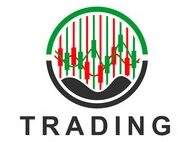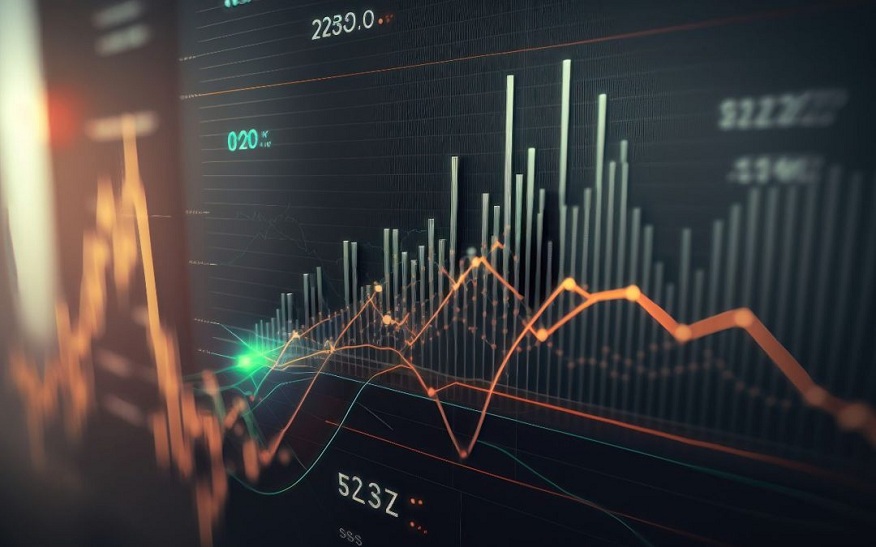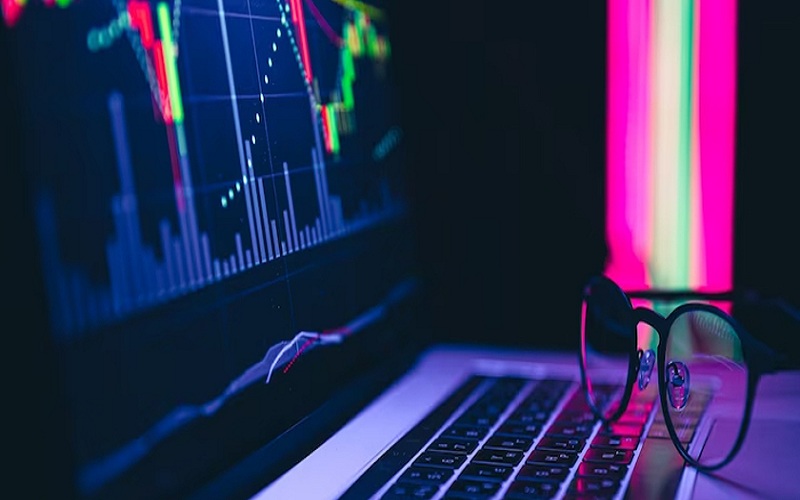Using technology to make orders on exchanges is known as algo trading. It uses algorithms and computer systems to carry out trading methods. Human interaction is not necessary to place or carry out an order in an algorithmic trade. Let’s today learn how these systems work.
What is Algorithmic Trading?
Using computer programs to find and carry out sizable deals in the market is known as algo or algorithmic trading. It functions automatically based on the created code. Price, volume, time, or other quantitative and mathematical formulas may serve as the foundation for the code. The algorithm automatically conducts the transaction without human interaction once the conditions based on the code are satisfied.
Because Algo trading operates within predetermined parameters, proper coding is crucial. This implies that before using your technique in the actual world, it must be back-tested on historical data. You may program trading signals for entry or exit to execute automatically when the necessary conditions are satisfied after giving it a test run. Programming algorithms for positional, intraday, or high-frequency trading is possible.
How Algorithmic Trading Software Works?
An algorithm is a collection of guidelines or instructions. The following provides a general overview of how algorithm trading operates.
Developing a Strategy
Creating a trading strategy is the first step in algo trading. Traders may use technical, fundamental, and quantitative analysis to design and evolve strategies. In recent years, traders have also started employing machine learning (ML) and artificial intelligence (AI) for dynamic and qualitative analysis. Developing strategies also involves analysing past trends, indicator signals, pricing behaviour, etc.
Writing the Algorithm
After developing a plan, you must translate it into a language that computers can comprehend. To translate the strategy, data scientists and traders create algorithms or codes. To build algorithms for algo trading, programmers employ languages like Python, C++, and Java.
Backtesting the Strategy
Traders backtest algorithms using past data before implementing them in real-time markets. This indicates that the trading method is imitated or mimicked using historical data. To understand its prior performance, backtesting is required. The technical analysis tenet that “history tends to repeat itself” is the foundation for this stage.
However, previous excellence may not always translate into future success. Backtesting yields several data, including total return, average monthly return, the standard deviation of returns, etc. Traders refine and optimise their technique several times before practicing it on active markets.
Establishing the Connection
A data supplier and an end user can connect online thanks to an Application Programming Interface (API). An API connects an algo trading system and a broker or trading platform. It is necessary to put an automated trading strategy into action. APIs enable the execution of trades and access to market data in real time.
Order Execution
After the algorithm is configured, you must wait. Algorithms constantly evaluate market data in line with the plan. The system automatically executes buy or sell orders based on the strategy’s requirements. In addition, the algorithms execute position sizing according to the risk management plan and set stop-loss orders. Several top brokerage firms like Share India offer an online trading app where you can find all such crucial trading tools.
Monitoring and Forward Testing
The plan must be forward-tested before the final deployment. Using real-time market data, forward testing is a technique for assessing a trading strategy’s success. The purpose of forward testing is to guarantee that the algorithm functions as intended.
Deployment
Deploying the approach is the last step after forward testing it. There will be partial funding of the account during forward testing. In this case, the account is operational in actual markets and fully financed. Furthermore, the methods and trades are frequently reviewed and adjusted.
Advantages of Algorithmic Trading
Algo trading has several benefits. The key ones include:
- Lightning-fast execution: This makes trades possible quickly, which is essential in erratic markets where time is everything.
- Emotion-Free Trading: It prevents fear and greed from influencing decisions by eliminating emotional bias by adhering to preset norms and restrictions.
- Backtesting and optimisation: Before implementing strategies in the actual market, traders can improve their performance by replicating them using previous data.
- Enhanced Risk Management: By prioritising capital preservation, automation allows the application of risk controls and stop-loss orders.
- Effective Multimarket Monitoring: Traders may optimise profit potential and save time by concurrently monitoring and trading across various markets and instruments.
- Enhanced Trading Efficiency: Algorithmic trading software boosts a trader’s performance in quick-moving financial markets by combining speed, accuracy, objectivity, and risk management.
Conclusion
Hence, with the help of algo trading, investors might advance their trading to new heights. You can profit from short-lived trading chances that you would not otherwise have. You may become a rapid, successful trader by using algorithms. Some well-known and trusted firms, like Share India, are now offering excellent algo trading platforms. You can start your journey on such platforms that offer an array of sophisticated features.





